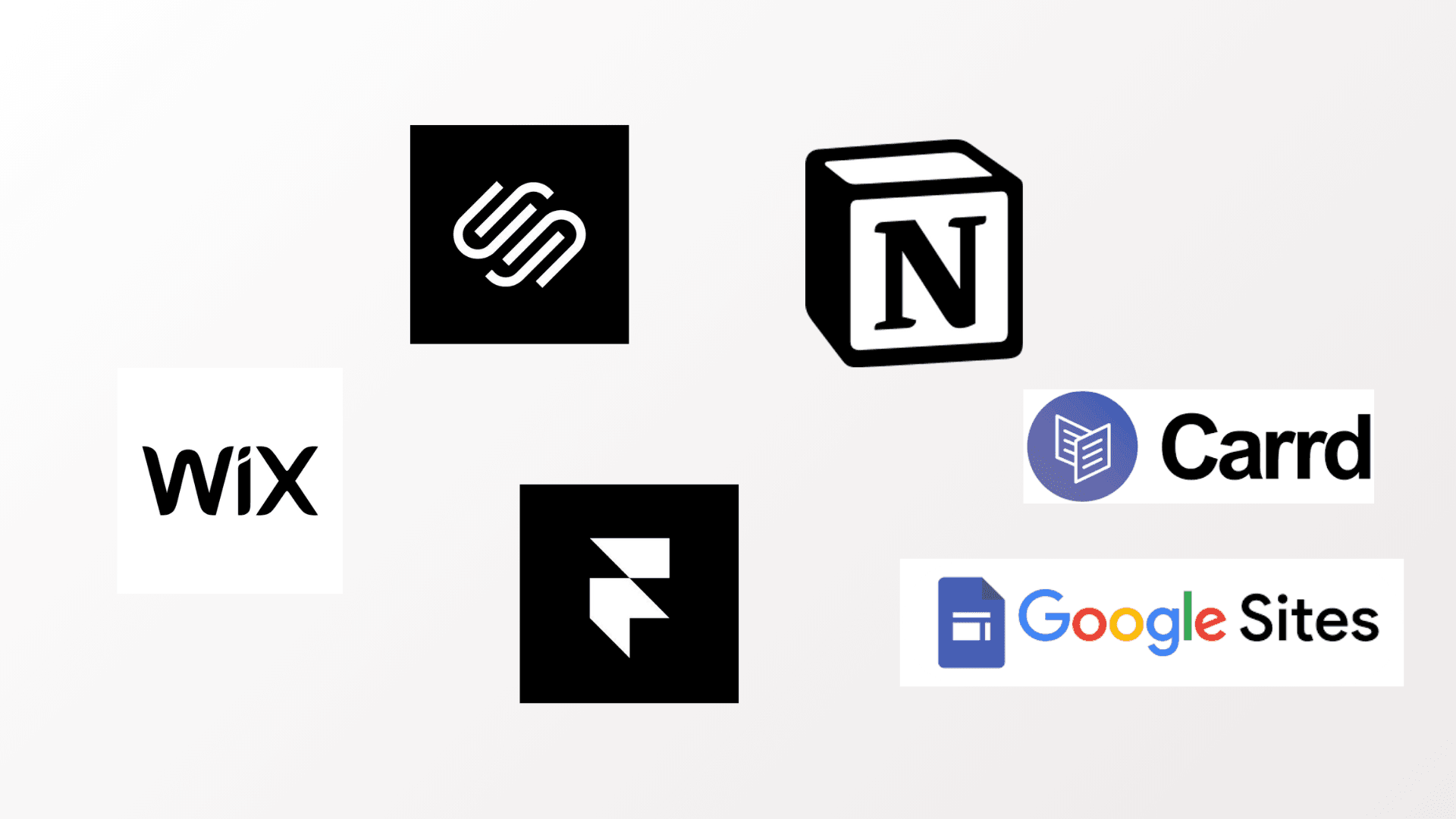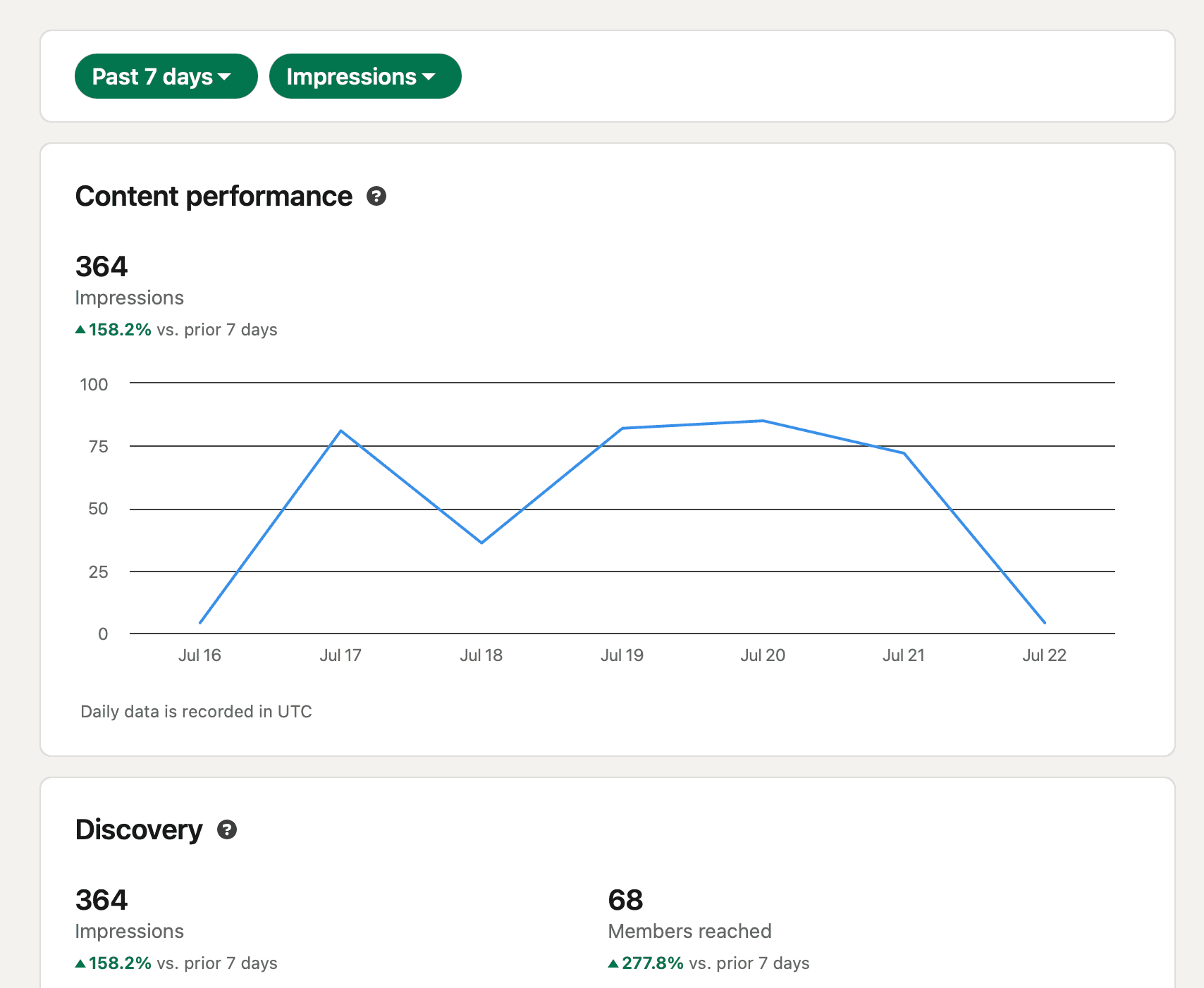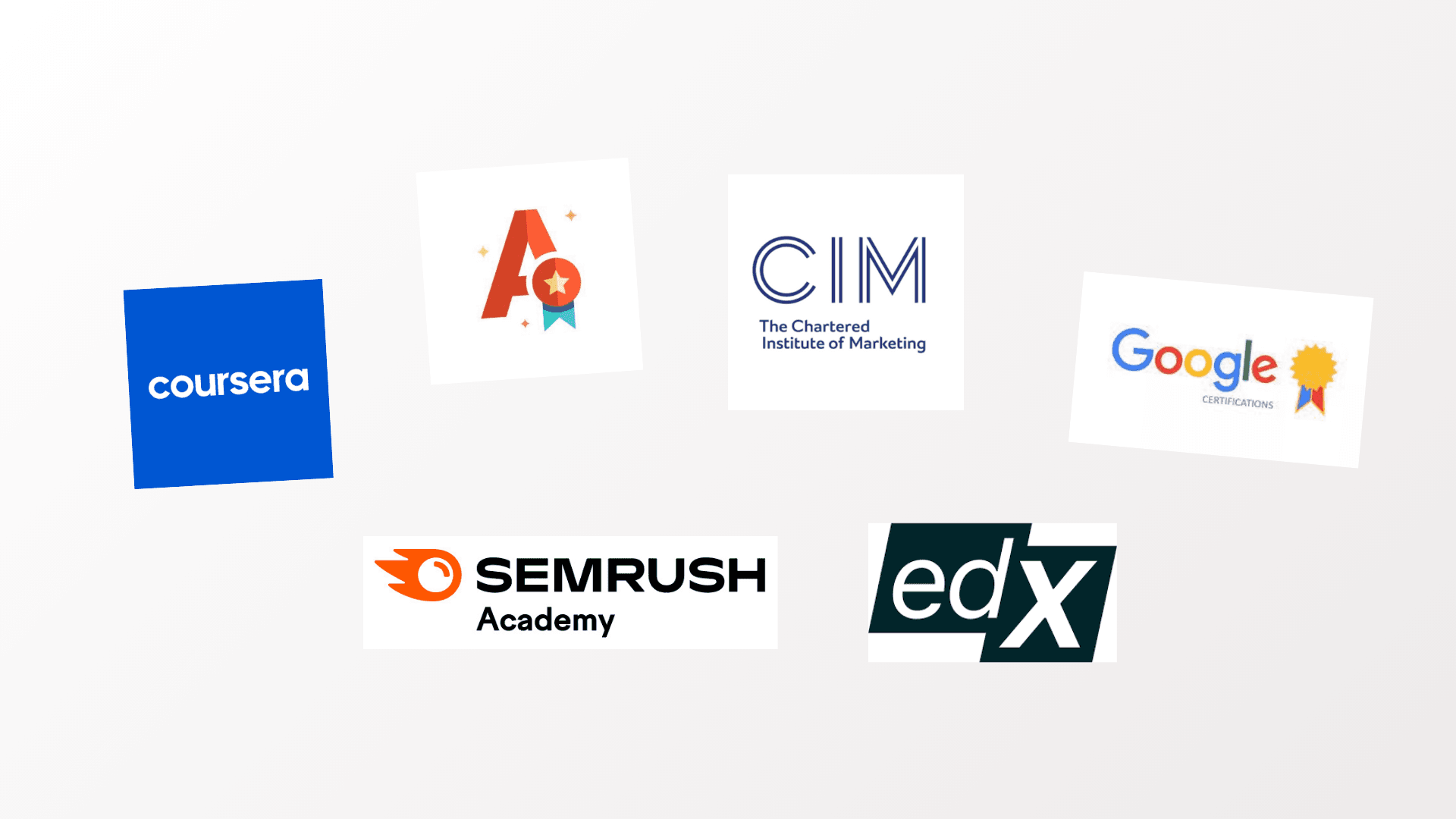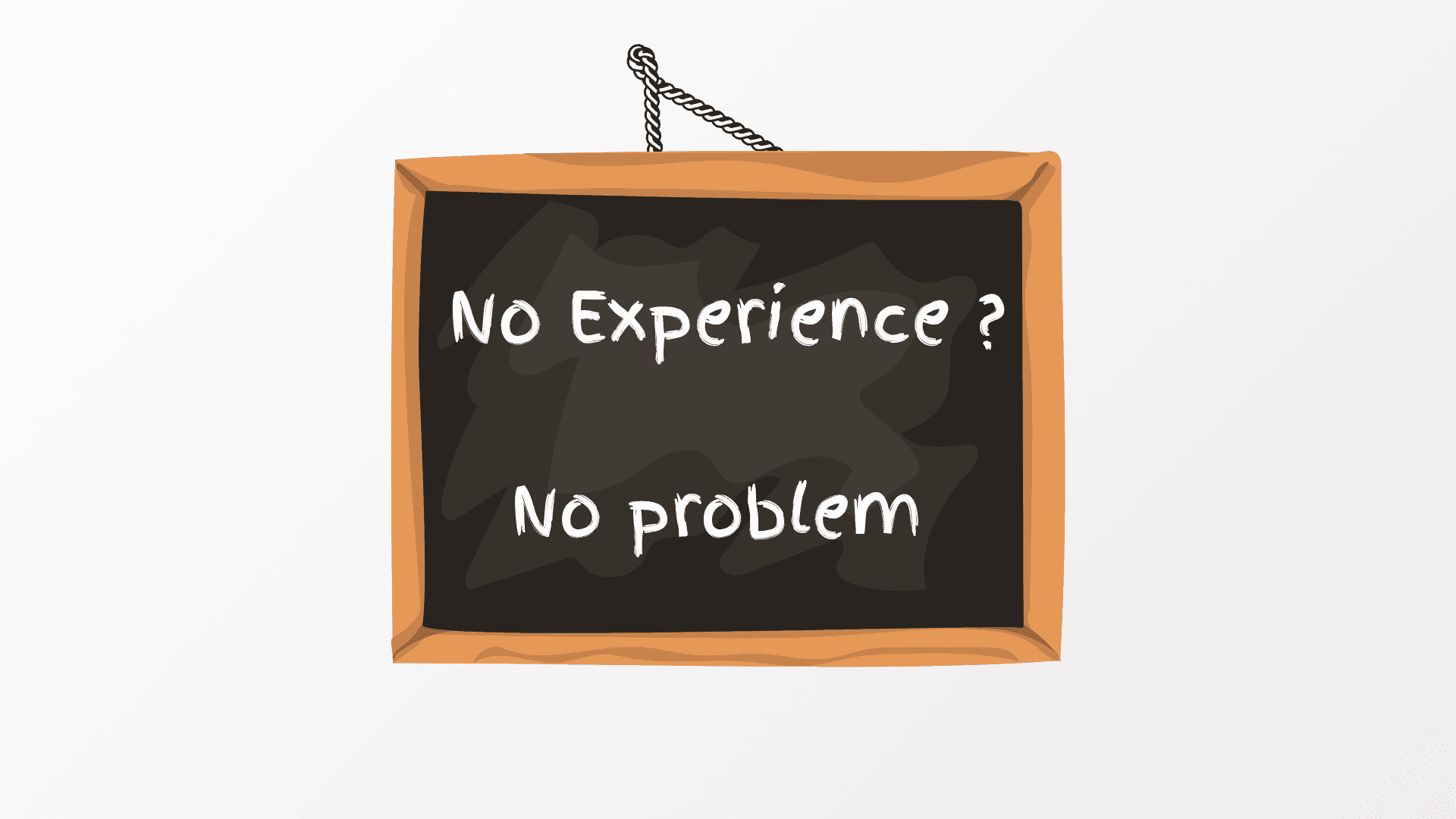In the world of marketing, there's a frustrating paradox: you need experience to get a job, but you need a job to get experience. So, how do you break the cycle?
The answer isn't in your resume—it's in your portfolio.
A resume tells people what you’ve studied. A portfolio shows them how you think, what you can do, and the value you can create. For aspiring marketers, it’s the single most powerful tool for bypassing the "entry-level experience" requirement.
This guide is an actionable blueprint for building a marketing portfolio and personal brand from zero. Let's build your future.
Step 1: Lay the Foundation: Define Your Marketing Brand
Before you market a product, you must learn to market yourself. A strong personal brand acts as a filter, attracting the right opportunities and telling recruiters exactly who you are at a glance.
Start by asking yourself three core questions:
- What’s My Niche? Marketing is vast. Are you drawn to the data-driven world of SEO and analytics, the creative storytelling of content marketing, the fast-paced environment of social media, or the strategic thinking of brand management? Initially, you can be a generalist, but having a "T-shaped" focus (broad knowledge, deep expertise in one area) is powerful.
- What Are My Core Values? Are you passionate about sustainability, tech innovation, or helping small businesses grow? Your values become your voice.
- What Is My Unique Value Proposition? How do you want a hiring manager to describe you after visiting your LinkedIn profile? "Creative problem-solver," "data-savvy storyteller," or "community-focused strategist"?
Once you have these answers, infuse this identity across your digital footprint—your LinkedIn bio, your profile picture, and the tone of your content.
Step 2: Choose Your Platform: Where Will Your Portfolio Live?

Your portfolio website is your digital headquarters. It doesn’t need to be expensive or complex. The goal is to have a professional, easy-to-navigate space to showcase your work.
- No-Code & Beginner-Friendly:
- Canva: Now offers simple, beautiful one-page website templates.
- Notion: Incredibly flexible for creating clean case studies and embedding content.
- Google Sites: Free, simple, and integrates perfectly with other Google tools.
- Carrd: Excellent for creating sleek, single-page portfolios.
- For More Customization:
- Wix / Squarespace: Offer more design flexibility with user-friendly drag-and-drop builders.
- Framer: A powerful tool that bridges the gap between design and development.
What Should I Put in a Marketing Portfolio with No Experience?
This is the most common question, and the answer is simpler than you think. Every portfolio should include:
- A Compelling "About Me" Page: Briefly tell your story. What got you into marketing? What are you passionate about learning?
- Your Projects / Case Studies: This is the core. We’ll cover this in the next step.
- A "Skills & Certifications" Section: List your hard skills (e.g., Google Analytics, Canva, SEMRush) and showcase relevant certifications.
- A Blog or "Insights" Section: A space to share your thoughts on industry trends.
- Clear Contact Information: Make it easy for people to connect with you via email or LinkedIn.
Step 3: The Heart of Your Portfolio: Create Compelling Mock Projects
This is where you turn theory into tangible proof. Mock projects demonstrate your skills more effectively than any resume bullet point. Don't just make something—solve a problem.
Ideas for Mock Marketing Projects:
- Social Media Strategy: Choose a local small business you love that has a weak social media presence. Create a 3-month content strategy for them, complete with platform choice, content pillars, and example posts created in Canva.
- SEO & Content Audit: Pick a brand's blog and use free tools like Ubersuggest or Google's keyword planner to perform a basic keyword gap analysis. Propose 3-5 new blog topics based on your research and write one of them.
- Google Ads Campaign Mockup: Imagine you have a $1,000 budget to launch a new product. Use Google's Keyword Planner to research keywords, define ad groups, and write compelling ad copy for a search campaign.
- Email Marketing Mini-Campaign: Choose a brand and design a 3-part welcome email series using Mailchimp’s free plan. Explain the strategy behind each email (e.g., welcome & offer, social proof, final call-to-action).
- Brand Repositioning: Take a product you think is poorly marketed. Create a new value proposition, define a new target audience, and design new visual concepts in Canva or Figma.
How to Structure Your Project as a Case Study
Don’t just show the final product. Explain your thinking. Use the STAR method (Situation, Task, Action, Result) to frame each project.
- Situation: What was the problem or opportunity? (e.g., "Local coffee shop X had low engagement on Instagram.")
- Task: What was your goal? (e.g., "To develop a strategy to increase engagement and foot traffic.")
- Action: What specific steps did you take? (e.g., "I performed a competitor analysis, identified three content pillars... I created a content calendar and designed 15 unique posts in Canva...")
- Result: What was the hypothetical outcome? (e.g., "This strategy is projected to increase engagement by 25% and provides a clear content system for the owner.")
Step 4: Amplify Your Work: Turn LinkedIn into a Personal Branding Engine

LinkedIn is not just an online resume; it's a content platform. Use it to document your journey and prove your passion.
- Share Your Mock Projects: Write a post summarizing the case study you published on your portfolio. Share visuals and ask for feedback.
- Document Your Learning: Finished a HubSpot course? Don't just post the certificate. Write a post about the #1 thing you learned and how you plan to apply it.
- Talk About Marketing You See: Analyze a Super Bowl ad, a clever email campaign you received, or a brand's brilliant social media reply. Break down why it worked.
- Engage Meaningfully: Don’t just comment "great post." Add to the conversation. Ask questions. Offer your perspective. Your comments are part of your brand.
Step 5: Earn Credibility with Strategic Certifications

Certifications show initiative and provide foundational knowledge. But their real power comes when you apply them.
Top-Tier Free Certifications:
- Google Digital Garage (Fundamentals of Digital Marketing)
- Google Analytics 4 Certification
- HubSpot Academy (Content Marketing, Inbound Marketing, Email Marketing)
- Meta Blueprint (Digital Marketing Associate)
- SEMRush Academy (SEO Fundamentals)
The Key: After completing a certification, immediately use that knowledge in a new mock project. Finish the Google Ads course? Build a mock campaign. This shows you can translate knowledge into action.
Conclusion: From Aspiring Marketer to In-Demand Candidate
A resume gets your name on a list; a portfolio gets you the interview.
By building in public, creating tangible proof of your skills, and strategically crafting your personal brand, you are no longer a candidate "without experience." You are a proactive, self-starting marketer who is already doing the work.
You have everything you need to start—free tools, endless inspiration, and your own ambition. Stop waiting for permission. Start building today.
 Shain Studio
Shain Studio

Comments
Comments feature coming soon! In the meantime, feel free to reach out via the contact page.